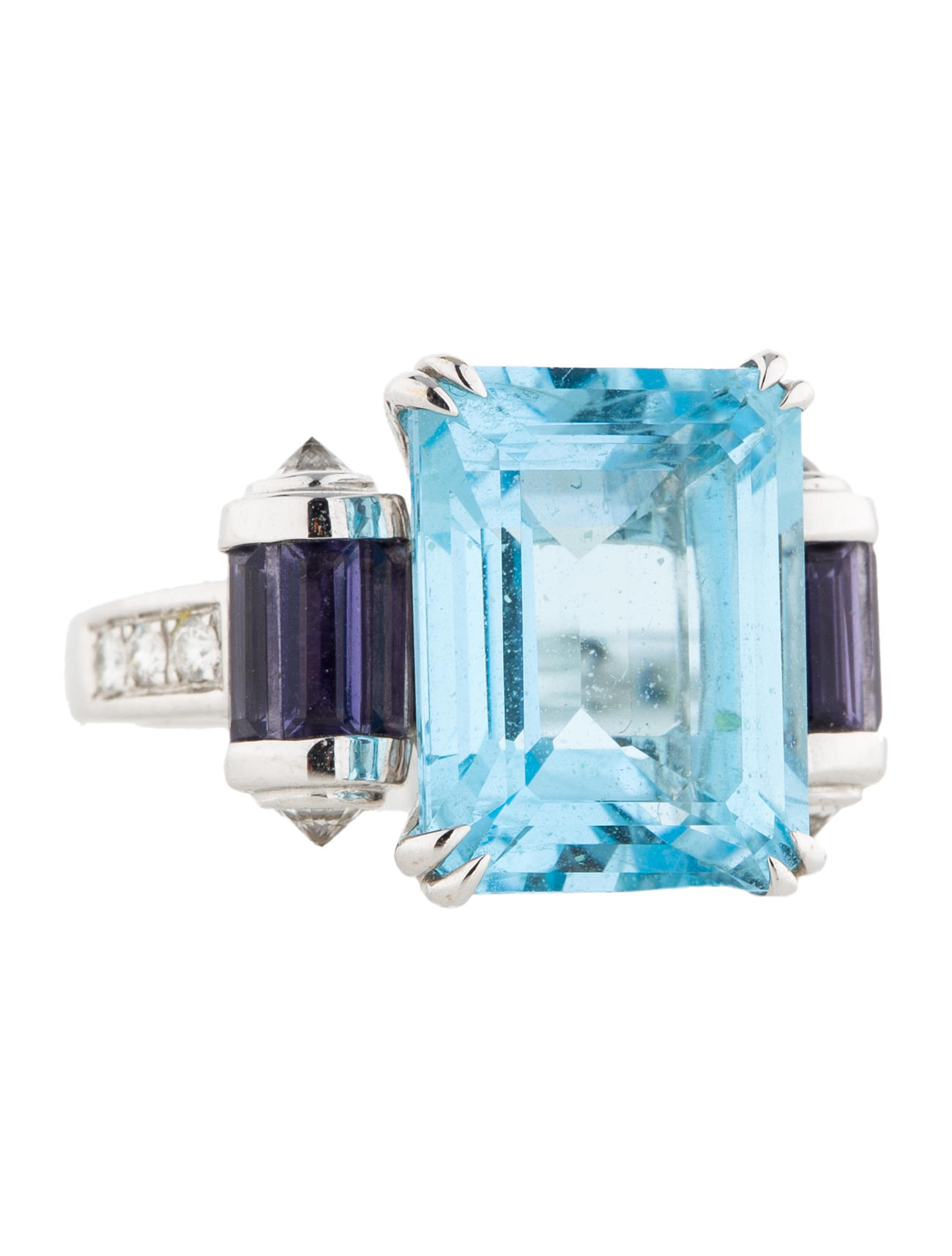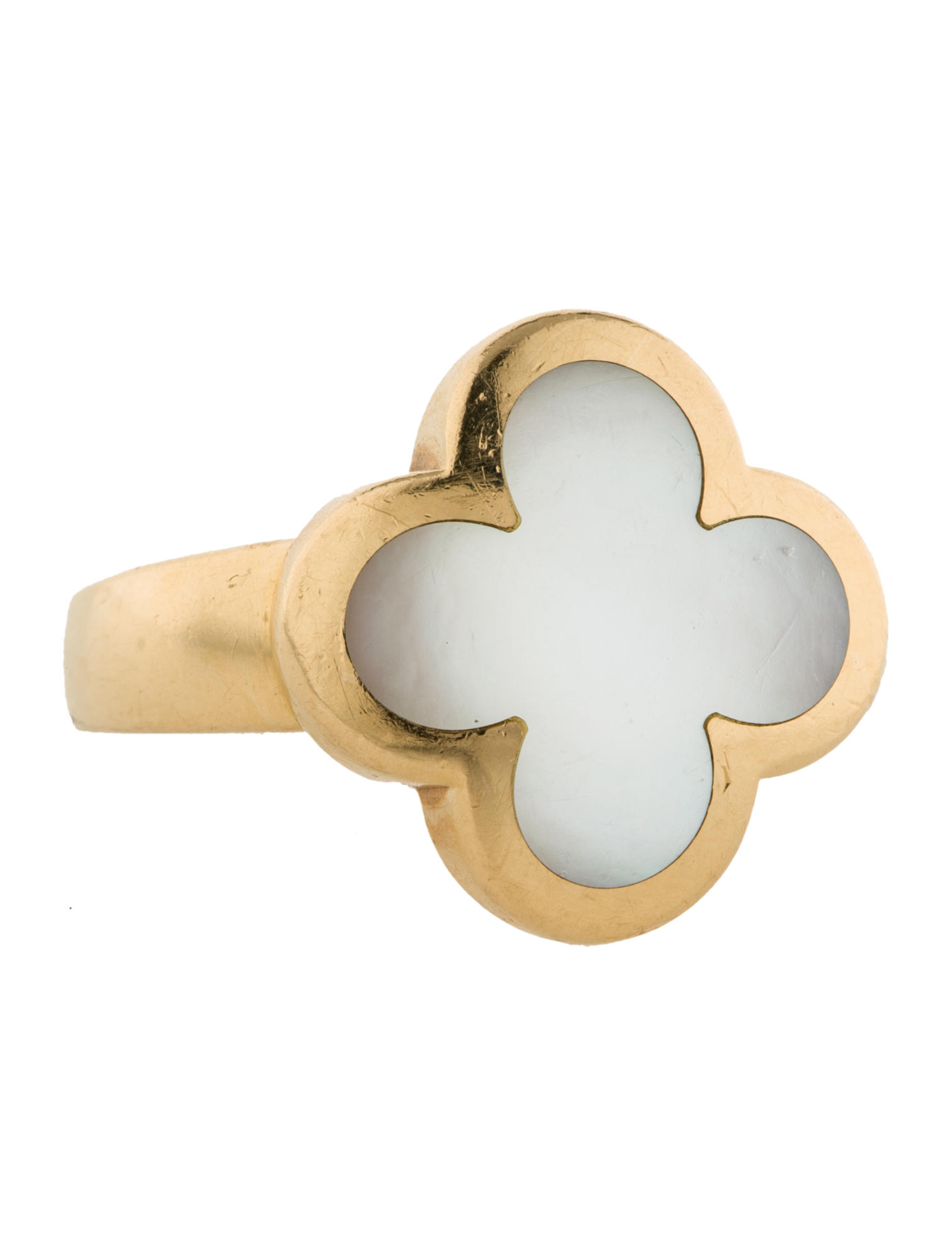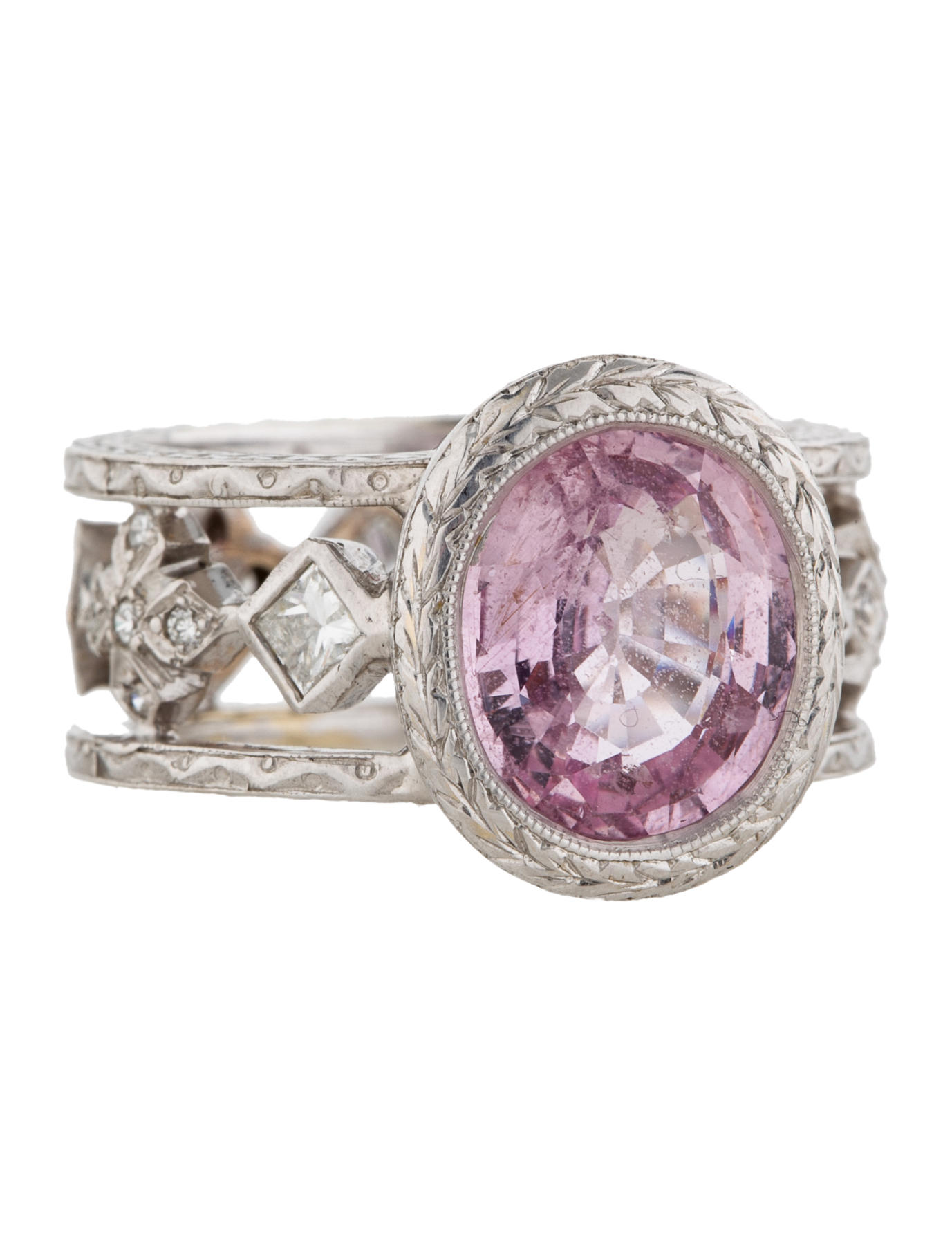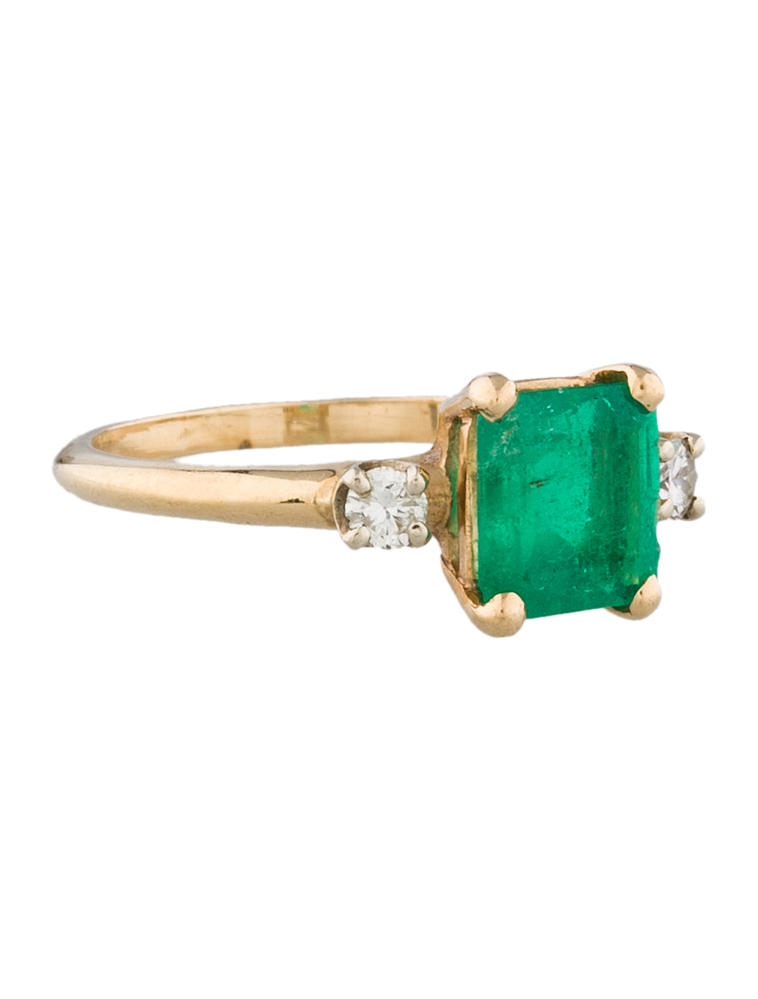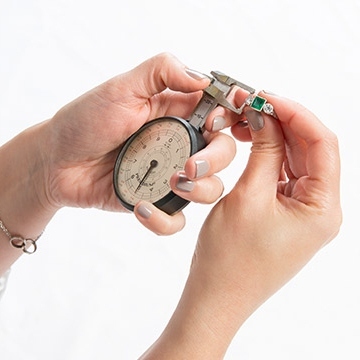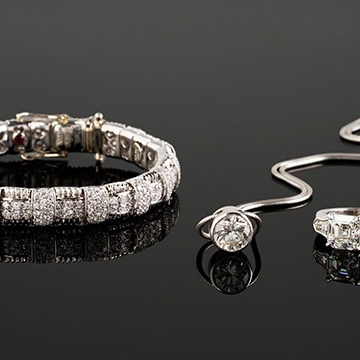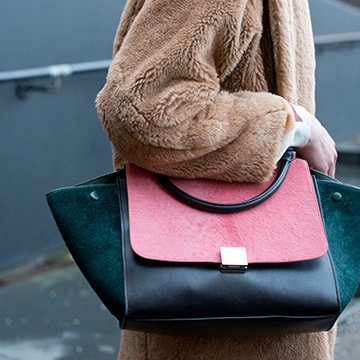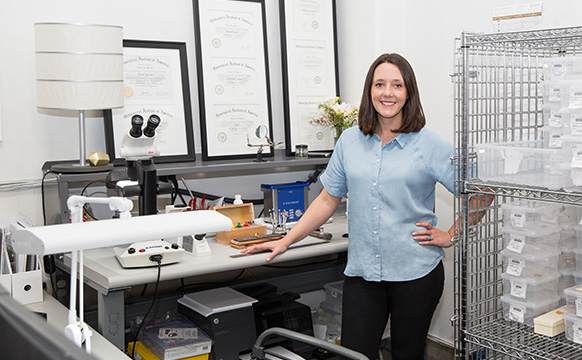
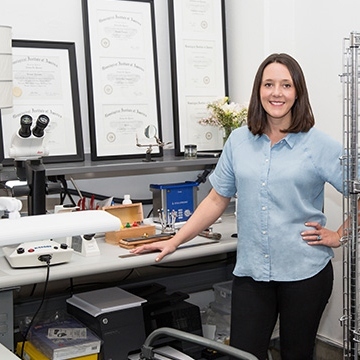
Behind the Scenes at the Realreal’s Gem Lab
If you’ve followed our authentication series, you know that we’re serious about telling real from fake and experts on the telltale signs of designer authenticity. But what about when it’s not all about the logos? When it comes to authenticating fine jewelry, especially unbranded pieces, highly specialized techniques come into play. Using the technical equipment in our gem lab, our experts are able to see details unobservable by the naked eye — details that are crucial in determining authenticity and value. We asked our Expert Team Lead for Fine Jewelry & Watches, Adriana Krakowski, to give us a behind-the-scenes look at the equipment and methods she uses to authenticate the high volume of valuable pieces that arrive at The RealReal each day.
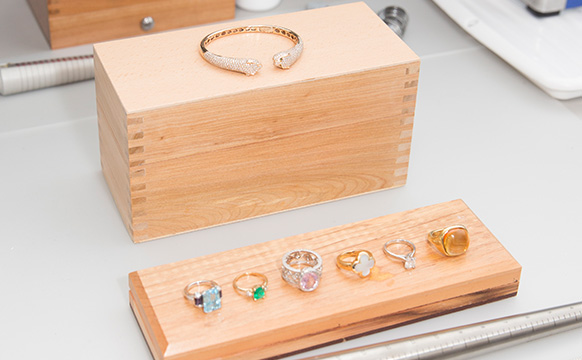
Do you use lab techniques to authenticate every piece of fine jewelry that comes into The RealReal?
I follow a very meticulous process for every piece that I look at to ensure that all of the factors are considered. I try to make it a habit to have the same process so that it becomes second nature. Not every piece requires as much investigation as the next, but even if I am certain of something I make sure that it is quantified.
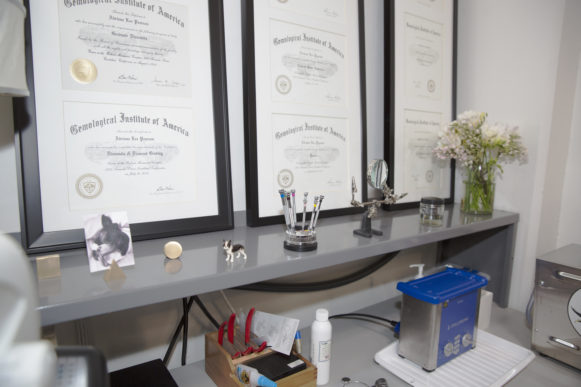
Those are a lot of diplomas on the wall! Tell us a bit about your background and education in gemology.
I have a slightly different background as a jewelry expert and gemologist than most people because I also have a Master’s degree in Modern Art, Connoisseurship and the History of the Art Market from Christie’s Education. This allows me to speak about a piece of jewelry beyond the context of gemology. I have a strong understanding of the history of design and what it really means to be an item that garners a premium in the market. For example, it allows me to have a keen sense of whether an item is legitimately from the Art Deco period or just in the style of something from the Art Deco era. The history of design is a big part of understanding jewelry. I have worked with jewelry for 14 years and have experience with contemporary retail, custom design, estate collections, auction houses, and buying firms.
What standards do you use for operating gem lab equipment?
All grading at The RealReal follows the standards set by The Gemological Institute of America. The GIA invented the modern grading system and is the industry leader when it comes to accuracy of grading.
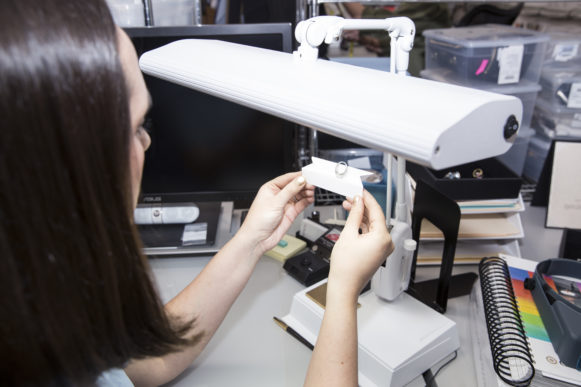
Tell us about the diamond grading lamp. What does it allow you to see in a diamond that would be hard to see without it?
Most industry professionals use a fluorescent lamp that has three daylight tubes suitable for color grading, sorting and bench work. It provides a consistent environment to observe the presence or lack of color in a diamond. The color that is observed is extremely subtle in most cases; in order to maintain consistency in grading standards you need to control the environment.
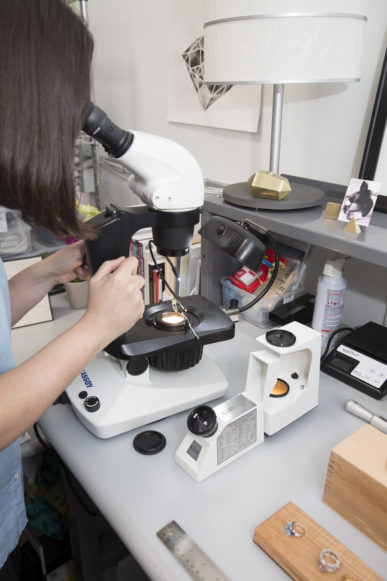
What can the gem microscope allow you to see that the naked eye cannot?
The microscope I use allows me to look at something with up to a 64x magnification. This is very important for looking closely at the internal characteristics of colored stones and diamonds. It is a key piece of equipment for looking at important items because the smallest characteristic of a stone or the most minute detail on a piece can really change the value. For example, it allows us to see if a diamond has laser drill holes, which are evidence that someone has tried to drill out inclusions in a diamond. These reduce a stone’s value and we immediately reject diamonds that have been laser-drilled.
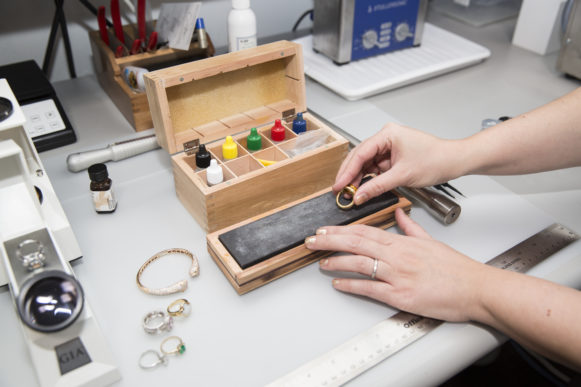
How do you test metals in the gem lab?
Gold testing acids are the traditional method of testing gold, silver and platinum: if the gold is the same karat as or higher than the test acid, it will not react. If it does react, it is of a lesser karat than the test acid. If we get a piece that doesn’t have any hallmarks this is how we are able to authenticate the metal.
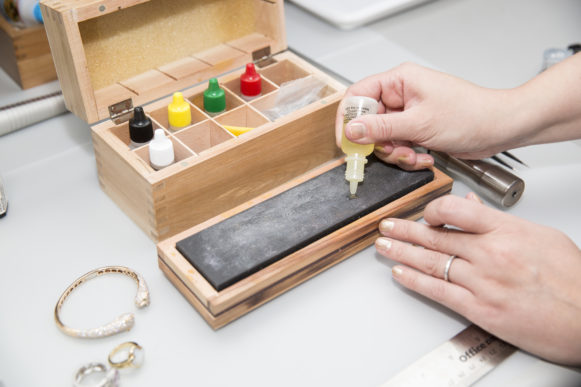
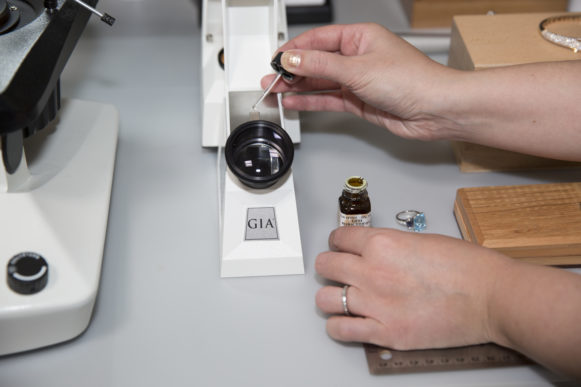
How does a refractometer work and what does the numerical reading indicate?
The number indicates the refractive index of the gemstone and that allows you to discern what kind of stone you are looking at.
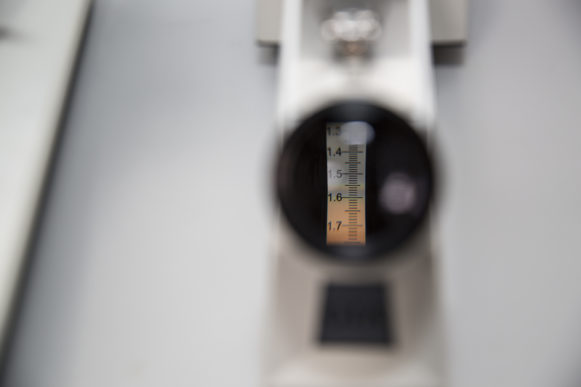
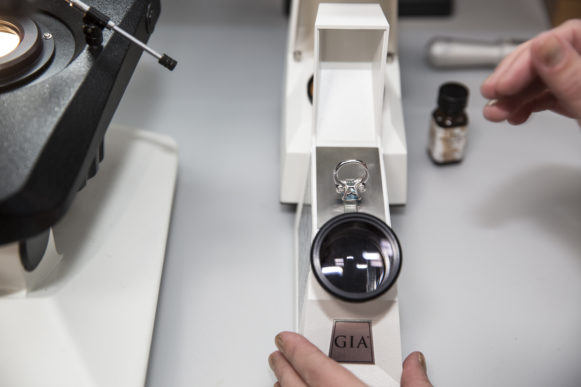 Check out our newest arrivals, fully authenticated in our gem lab, here.
Check out our newest arrivals, fully authenticated in our gem lab, here.
All items are pre-owned and consigned to The RealReal. Trademarks are owned by their respective brand owners. No brand owner endorses or sponsors this ad or has any association and/or affiliation with The RealReal.
Please note: Brand standards, logos and other identifying features may have changed since the time of publication.


